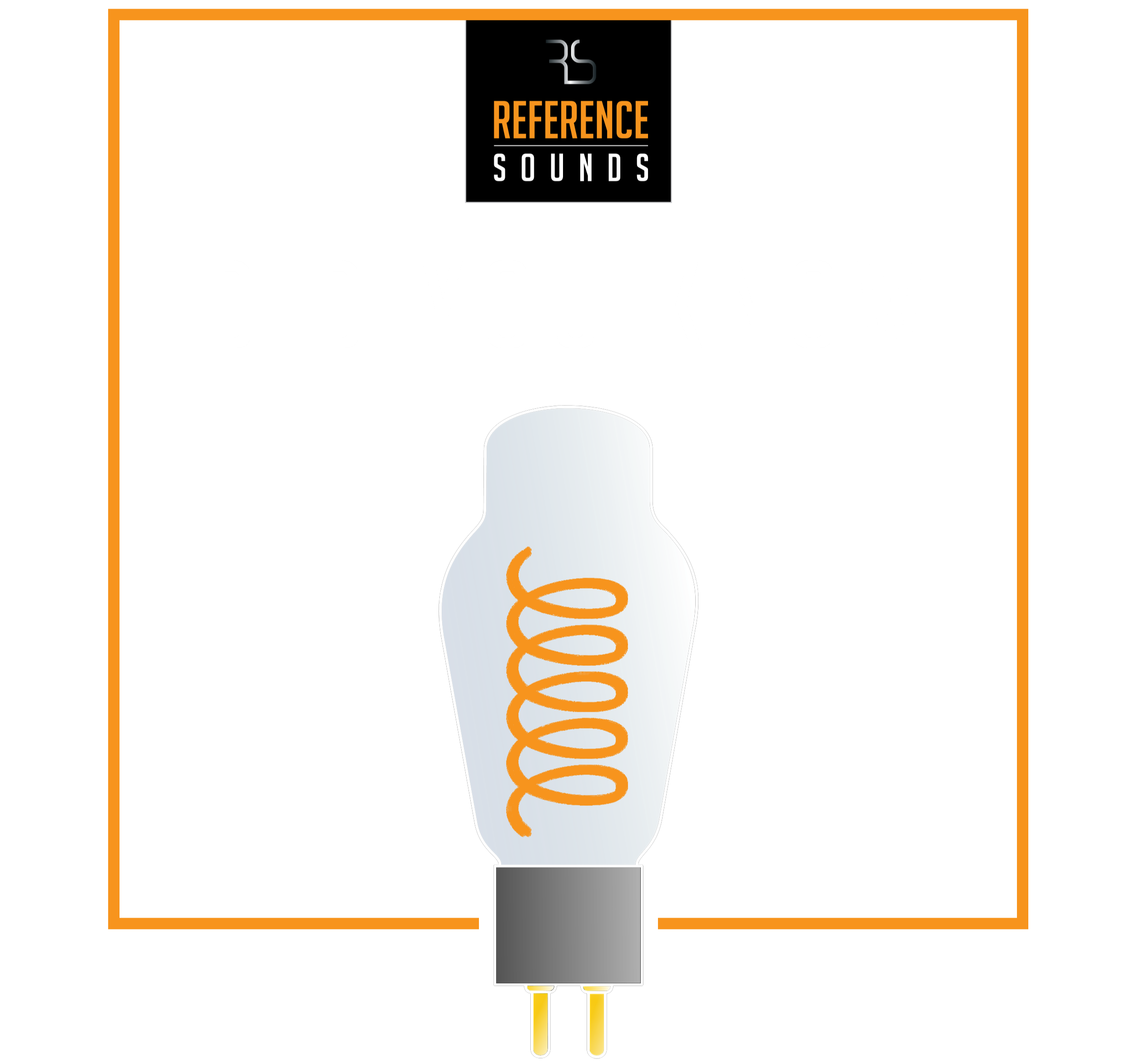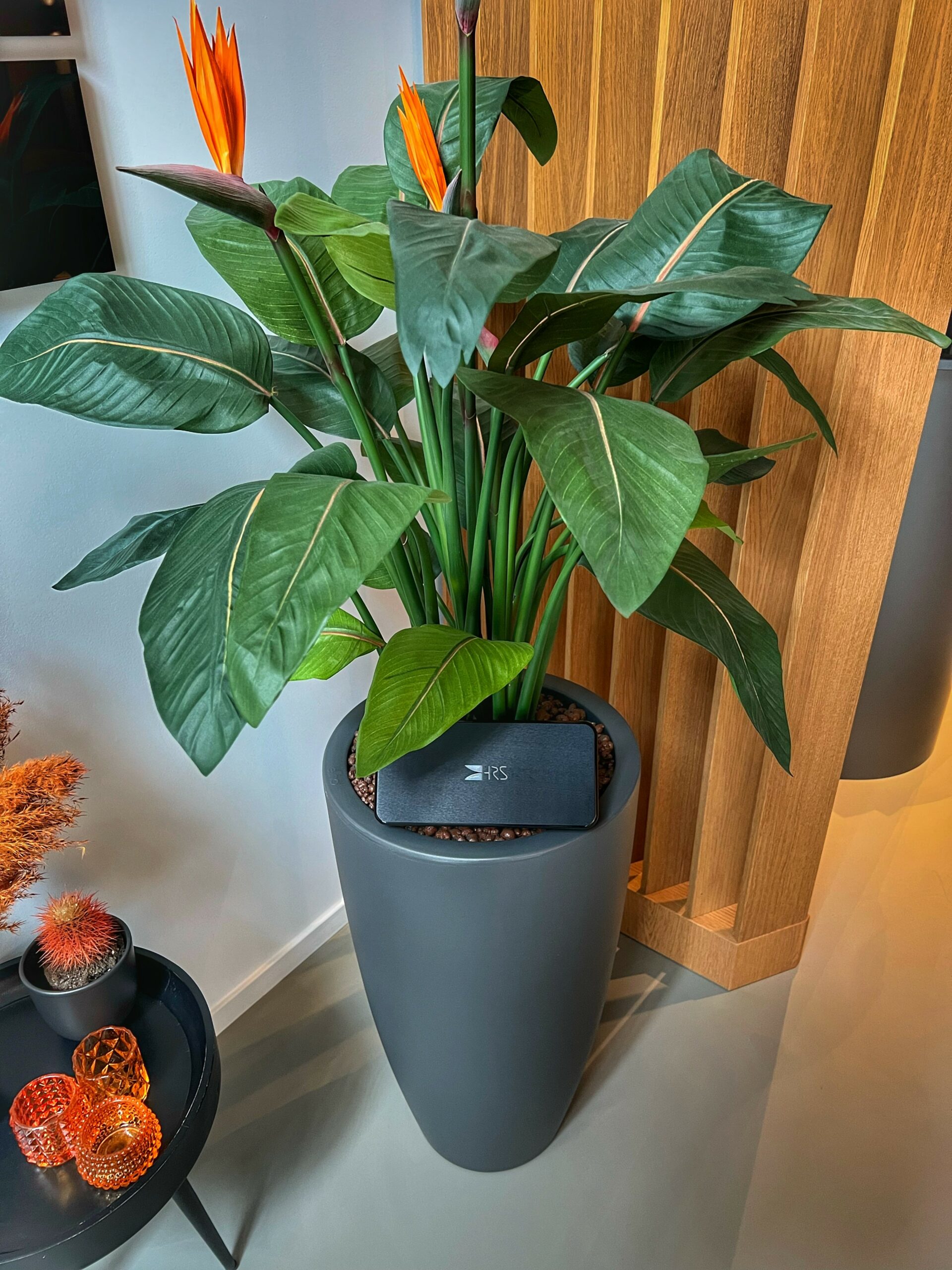
Reference Sounds Did You Know: geinige weetjes, interessante achtergronden en leuke tips over onze merken, producten, over ons en onze projecten.
Kassie Wijlen
A few months ago, one of our Wilson Audio Dealers sold a beautiful set of Wilson Audio Alexias after a demo in our showroom. The request was whether we wanted to tickle these ladies after placement for maximum performance. Heading – sliding – tuning – heading – things like that. Ah-mai, of course. After transport to the new owner in Belgium, the necessary acclimatization period and integration course, we made an appointment to fulfill our promise.

The set was set up in a nice living space of about 4 meters wide with a good 50 centimeters of free air in the back of the speaker. The Dealer had put them neatly on the spikes but waited with the further tuning and optimization of the heads until our visit. Time-aligning a Wilson Audio is a precise job in which there is a direct relationship between speaker position, seat height and seat distance. After arriving and listening, we start with our dance that would undoubtedly do well on Tik-Tok. Listen, note, scroll, listen, note, scroll. The fact that I spend a large part lying on the ground, fiddling with the spikes is secondary. It’s a dirty job but someone’s got to do it. Well, that’s not what it’s all about. The point we want to make actually follows now. From the moment the set falls into place and good sound becomes music. The haze of masking through proper placement and acoustic coupling has lifted and the system is able to do what it can. Great! But while listening we still noticed a certain coloring. A fat edge at the bottom of voices. As if energy lingered after the singer gave Maarten his microphone. At Wilson Audio they don’t like cabinet resonance, so we can rule out the cause there and we had to look for an external cause.
After some detective work it soon became clear where the culprit was. The controlling equipment and television were set up between the loudspeakers in a spacious, classic, custom-made sideboard. Beautiful to look at, but not necessarily developed as an ideal, low-resonance basis. The large span of both the top and bottom of this piece of furniture turned out to be part of an unwanted backing chorus that kept bouncing a few notes behind the beat. So I opened the tuning case and pulled out the HRS Damping Plates. Basically intended for the hood of equipment to minimize chassis resonance and vibration with the heavy weight and gripping polymer as an insulator. Ah, who doesn’t dare who doesn’t win. Placed in the middle of the cabinet, the effect was immediately apparent. The light but smearing oehmff in the sound had disappeared. Voices had more detail and the bass was more defined. Everything was calmer. Quiet was quiet. As it should. Bizarre how a top system can also flawlessly make audible what is not right and how you can tackle it with a little care, attention and a briefcase of HRS Damping Plates.
We had effectively silenced the cabinet with the Damping Plate and it was dead silent. Golden tip for every audio set, piece of furniture or neighbor that could use a little more peace…

